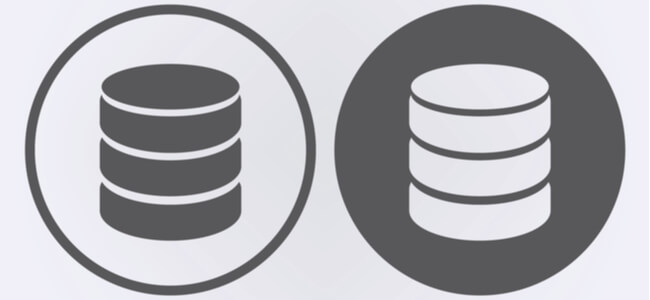What Is MariaDB And How Does It Compare To MySQL?

MariaDB is rapidly being adopted by big players today. However, how does it differ from MySQL? One is an open-source database (DB) and the other is proprietary. Which is better for database hosting?
Read on to find out the four differences based on performance, compatibility, syntax, and deployment between Maria and My databases. You’ll also learn six reasons why it’s crucial that you migrate right away.
What Is MariaDB?
This is a community-generated fork of MySQL launched in January 2008. The Maria database is named after the second daughter of the maker, Michael Monty Widenius. The new relationship database (RDBMS) was developed by the original devs in light of concerns of the acquisition of MySQL by Oracle.
What is MYSQL?
The original RDBMS that’s named after Monty’s first daughter My is MySQL. This system is dual-licensed, unlike the new alternative. It was made in 1995 by a Swedish company founded by Michael Monty Widenius, Allan Larsson, and David Axmark. This structured query language DB was acquired by Oracle in 2009.
Differences Between MariaDB & MySQL
Technically a clone of MySQL, Maria database offers several advantages over the old choice. It’s a drop-in substitute that brings more simplicity and ease-of-use to the table. Find out the four main distinctions that set apart the new database from the historic DB.
Compatibility
When it comes to the structure of the DB and indexes, MariaDB works the same as MySQL. The latter uses tables, triggers, roles, and so forth to operate. The tables consist of rows, which contain a repeating range of columns.
Here’s what this compatibility translates to:
- Table and data definition files work consistently
- Protocols and client APIs are congruent with each other
- Names of files, binaries, and paths are identical
- Connectors of the old DB such as PHP, Java, or Perl works seamlessly on the new DB sans alterations
- MariaDB Developers do a monthly merging of both the databases
Syntax
Both of the databases use the same queries.
Take a look at its similarities below.
- Selecting records from the customer table uses identical queries
- Inserting records into the customer table references the same queries
- Updating records in the customer table makes use of queries just like on the old DB
Performance
Being a fork of My database, MariaDB significantly improves the performance of database hosting. One of its core features is indexes that enhance database performance. Both MySQL and its new counterpart save indexes in B-trees.
Here are some of its perks:
- Database views: MariaDB is optimized to show no more than the required tables. This is contrary to the old database which shows all the tables regardless of relevance
- Query execution: The new database comes with a unique feature that can execute multiple queries at once
- Columns: Virtual columns that can conduct database-level calculations to columnstore. This makes room for seamless scaling
- Database engine: Maria database uses XtraDB which eliminates slow speed and instability in peak load times
Deployment
When it comes to choosing the best database platform for deployment, the new database may require a bit of uninstalling and reinstalling.
Here’s the difference in operating the two:
- Languages: My Structured Query Language DB is written in C and C++. MariaDB uses C, C++, Perl, and Bash
- Binaries: The old DB offers binaries for Windows, Linux, OS X, AIX, HP-UX, IRIX, and so forth. The new database features binaries for Windows, Linux, Solaris, OpenBSD, and so on
- Installation: You can install MySQL directly from the installation URL. However, it’s necessary to uninstall the same for enabling the new database. MariaDB deployment also requires you to run the command- mysql_upgrade
Why Should You Migrate To MariaDB?
You may have deduced that the new database offers top-grade performance over its counterpart.
Here are six more reasons why it’s beneficial for MySQL users to switch to MariaDB:
- Open source: The fork of MySQL is a community-driven DB with active transparency in each stage of its development. However, MySQL hasn’t seen public discussion in a decade
- Swift updates: MariaDB releases updates every two months, which is faster than Oracle’s three-month upgrades
- More features: Such features include microsecond precision, extended user stats, enhanced KILL command, and query optimizations
- More storage engines: With over 12 storage engines that are well integrated, the new database offers more UX than the old alternative
- Popular: Wikimedia Foundation, Google, Craigslist, and booking.com are some of the early adopters of this database
- Easy to migrate: With superb compatibility comes seamless migration sans hassles. Additionally, after the Red Hat 7, users with default distribution packages can automatically migrate to the new DB
Bottom Line
The Maria database is a drop-down replacement of MySQL that’s compatible with the old DB. Moreover, it’s an open-source database that’s easy to migrate. It comes with quick updates, several features, and numerous storage engines.




